MY RESPONSE – CONTACT SHEETS
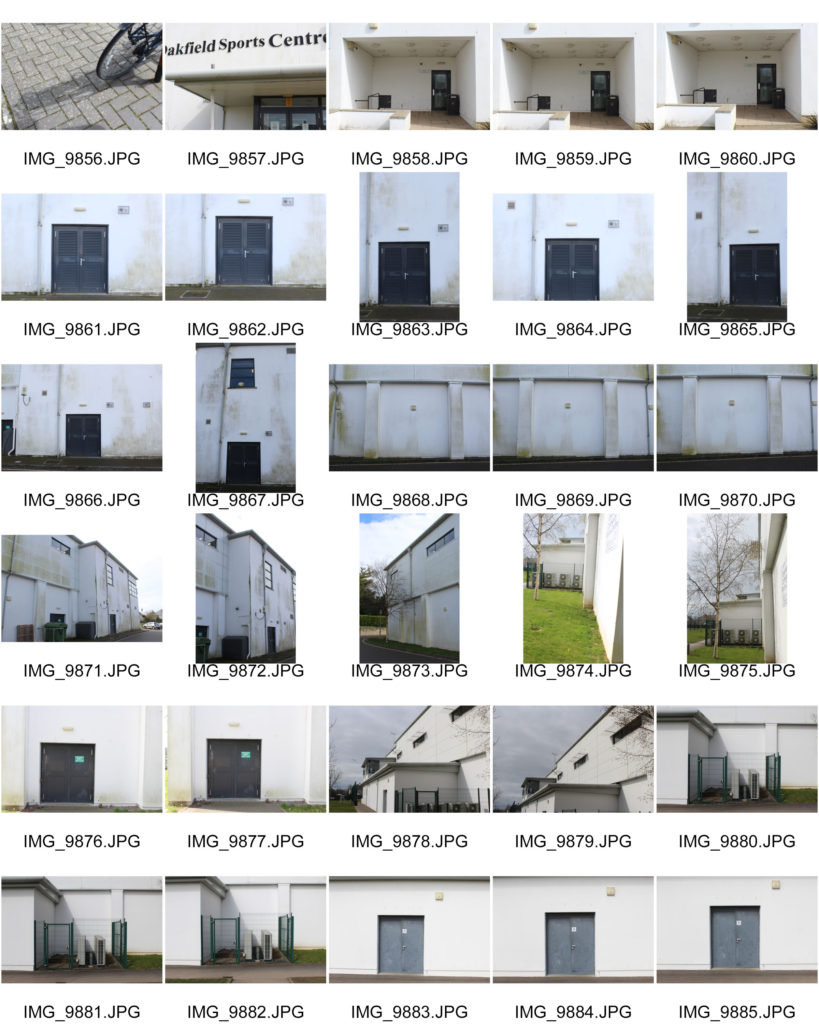
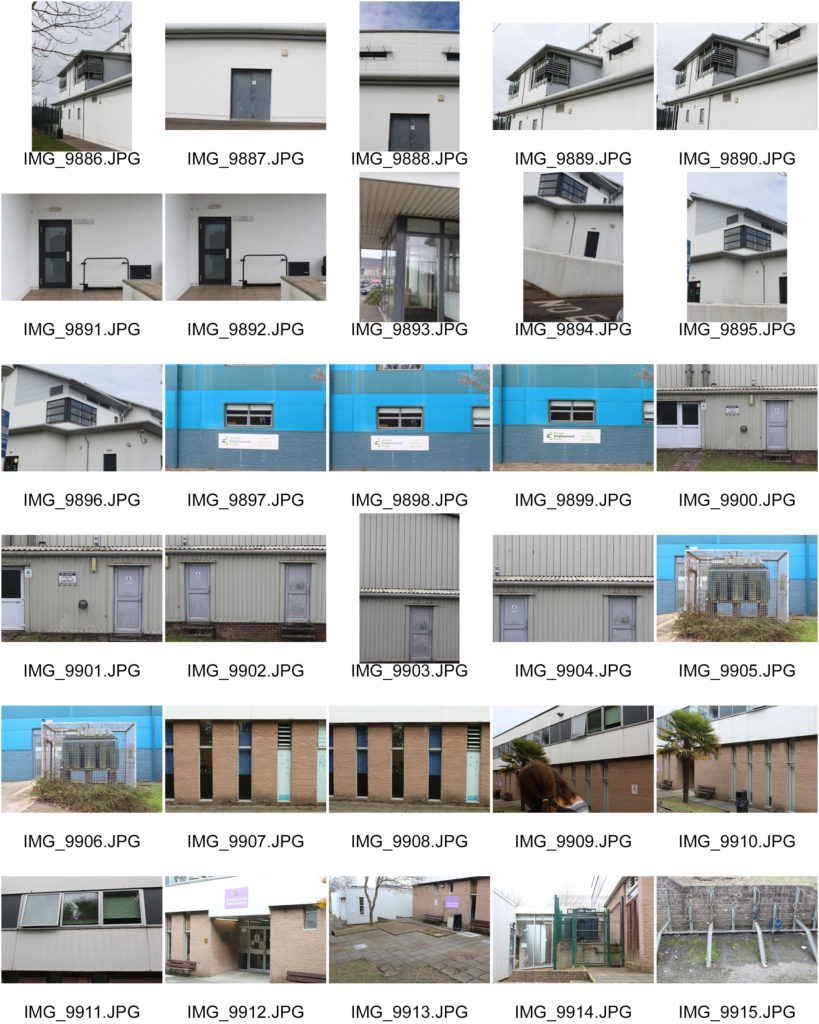


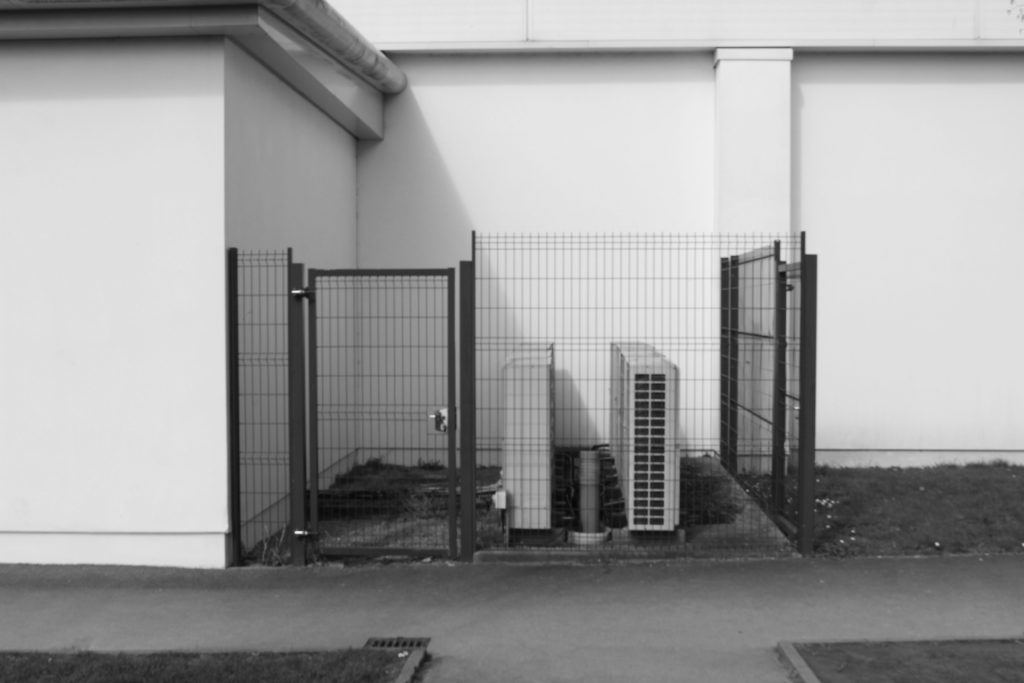

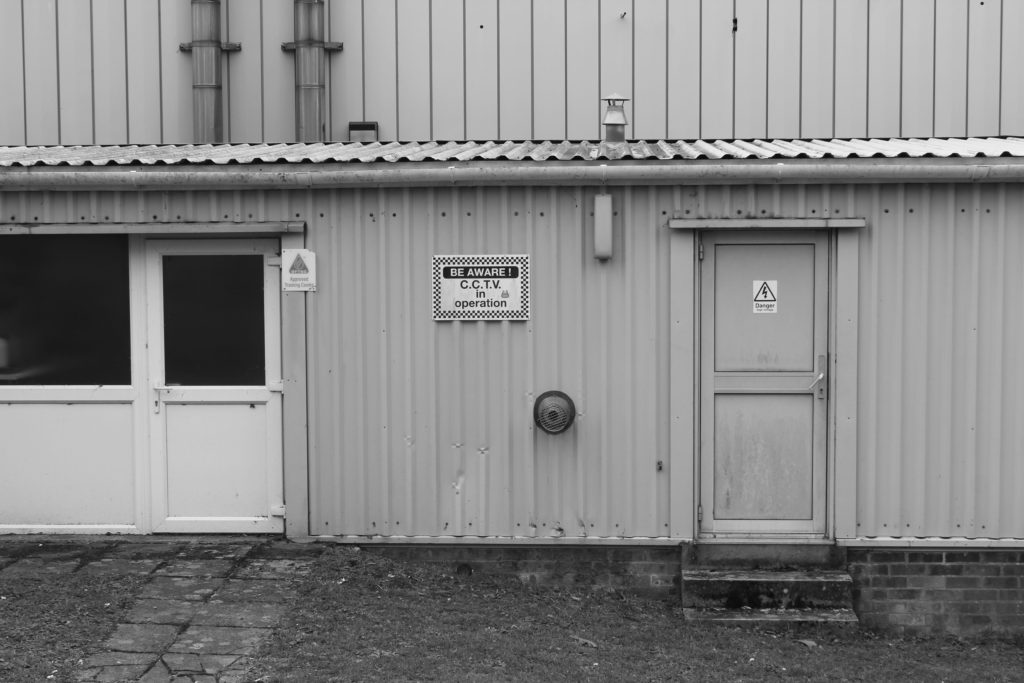
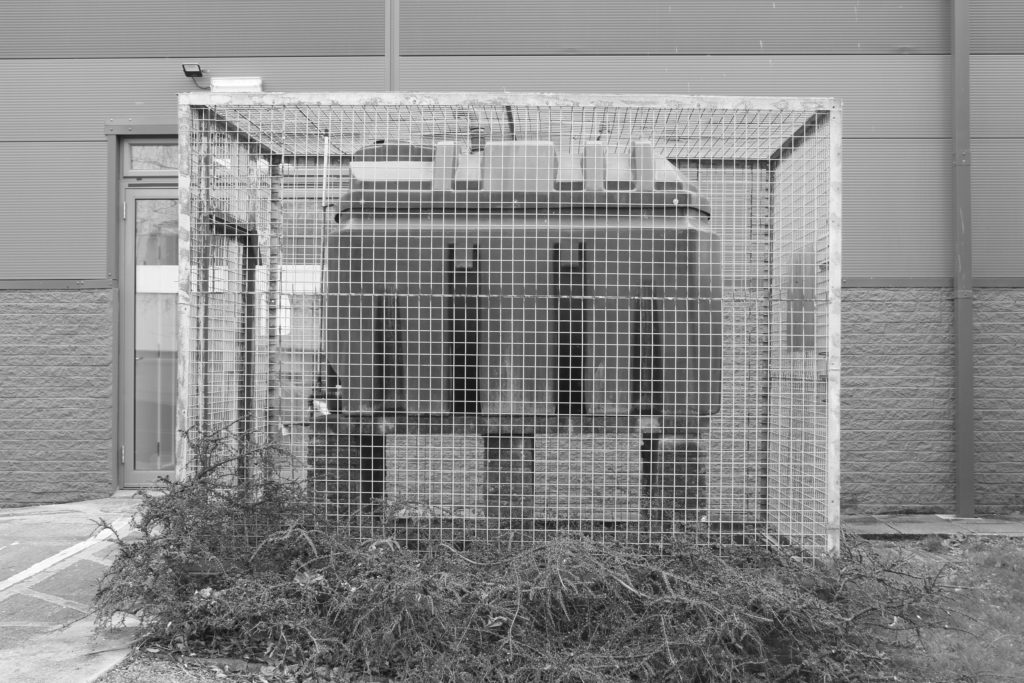

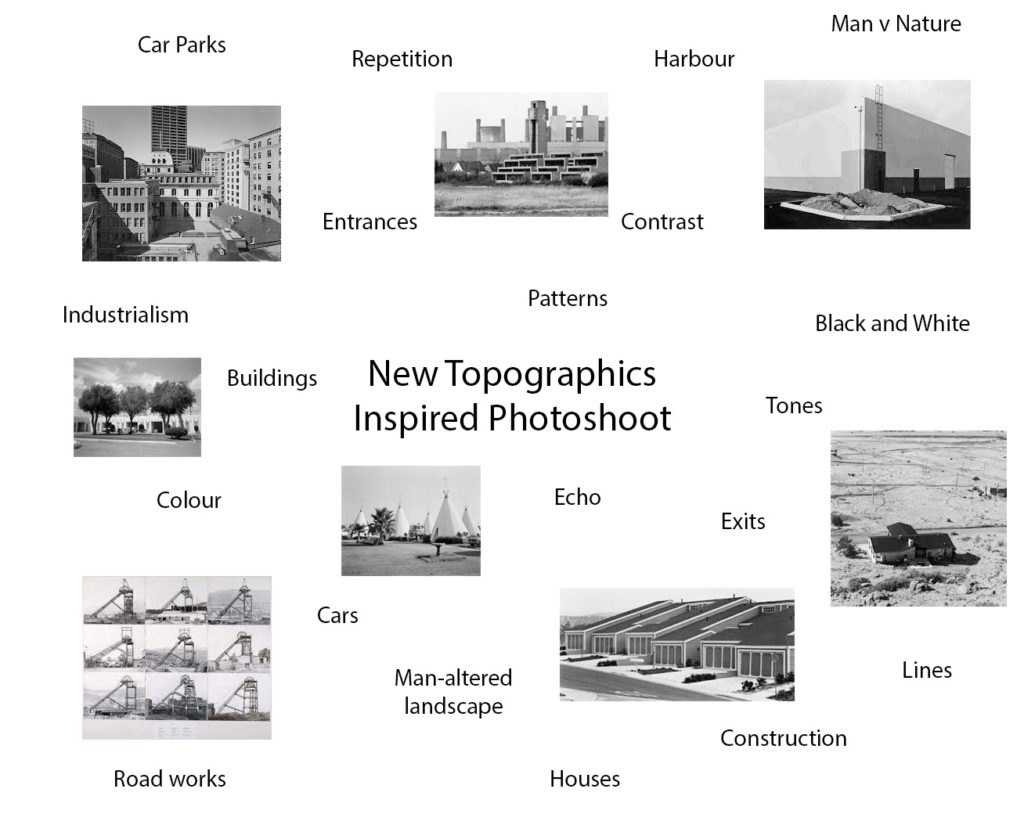

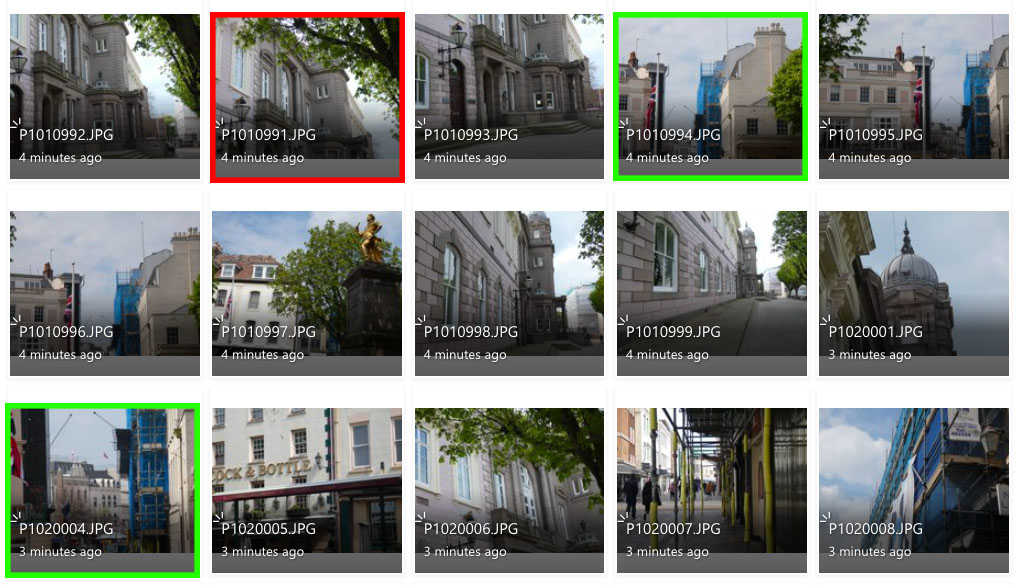
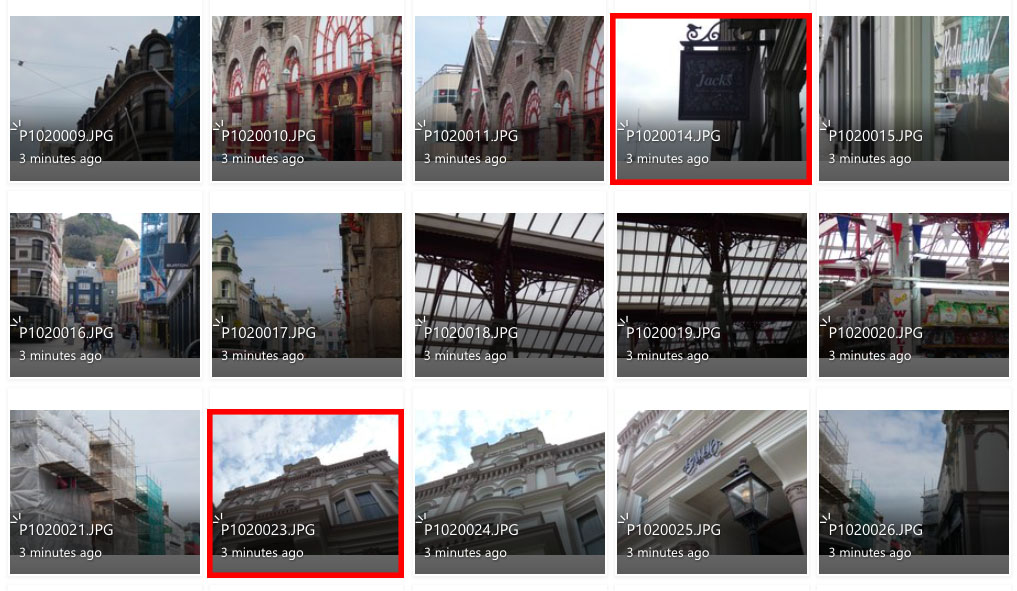
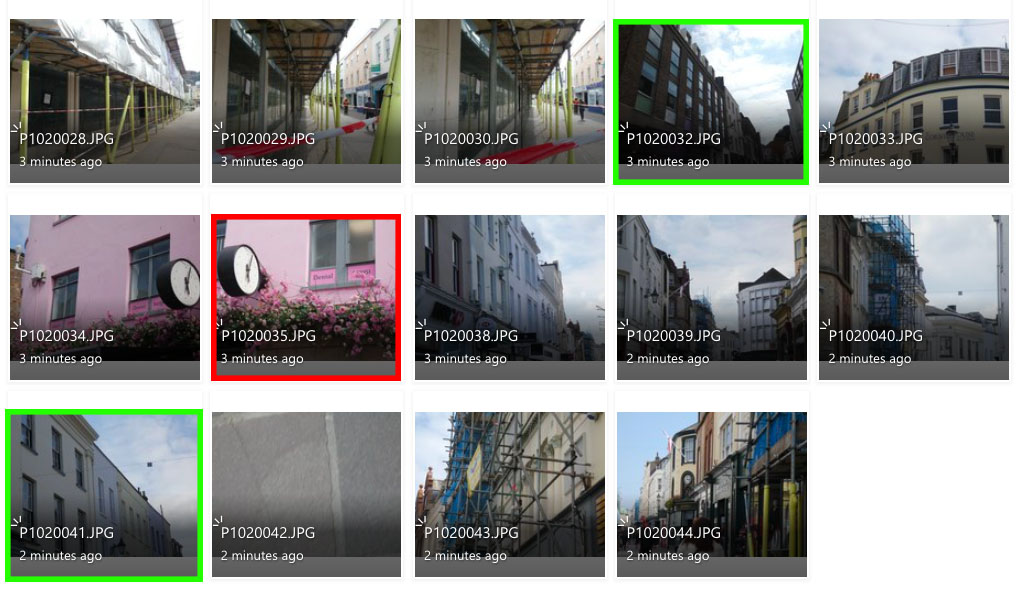
For this photoshoot I decided to use town as the setting as Gabriele Basilico shows representation of both repetitive architecture as well as unfinished industrialisation. I tried to capture both of these aspects in this photoshoot, therefore I photographed contrasting modern and more vintage buildings.
The images highlighted in red are my less successful images as they don’t clearly imitate Basilico’s work or the are taken off-centre and create a slanted affect which juxtaposes Basilico’s crisp, exact photography.
I feel like the images highlighted in green are my most successful images as they have a closer representation to Gabriele Basilico’s work. Most of these photos relate more to Basilico’s work focusing on unfinished industrialisation, however repetitive architecture can also be seen.
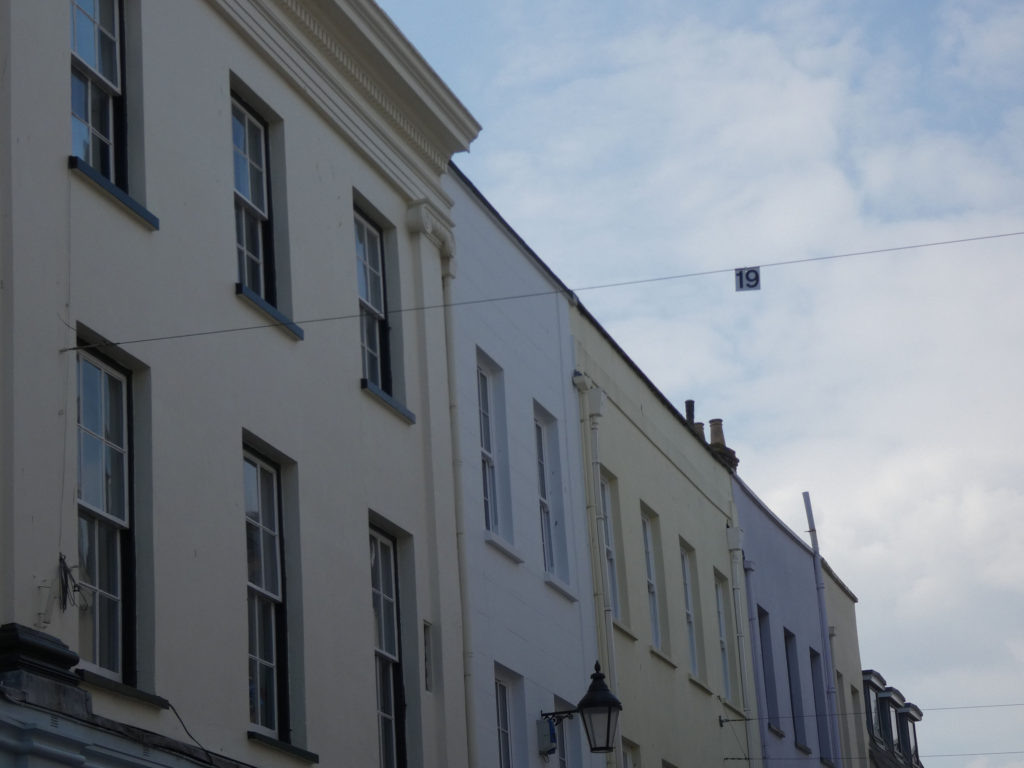




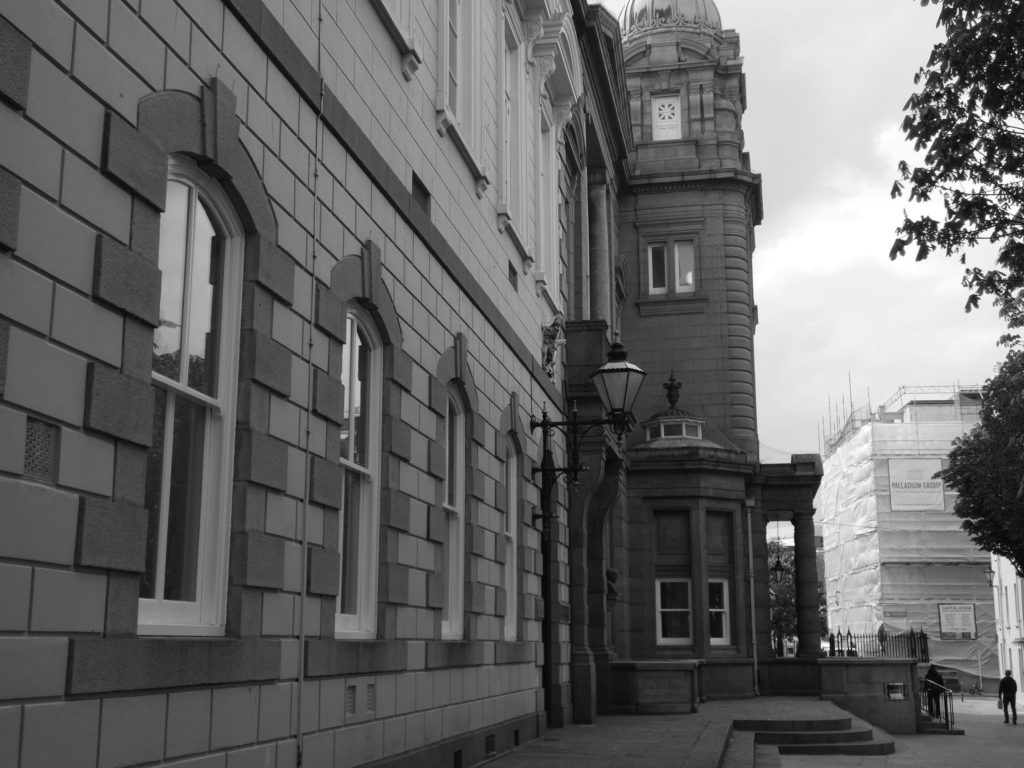
To edit these images, I used the black and white filter on photoshop in order to achieve the vintage, monochrome tones that Gabriele Basilico is known for. I then altered the brightness and contrast to make the juxtaposition between the light and dark tones more intense. For the last image I used the crop and straighten tool so the image was more centred.
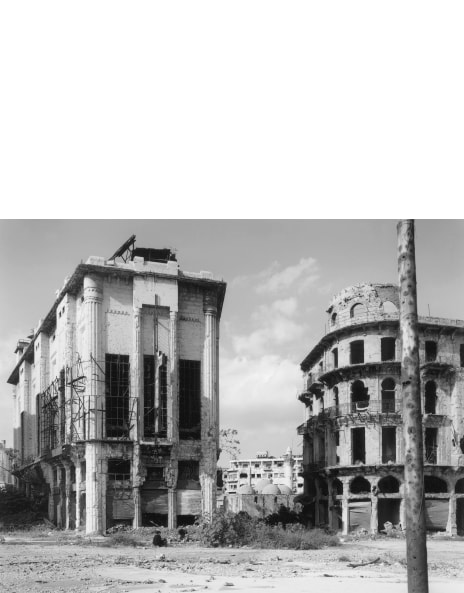

There is both similarities and differences between Basilico’s work and my own work, the most obvious being the use of the monochromatic filter on both images. There are also similarities in the sense that the image captures new topographics in a more vintage sense, as the buildings appear older and more classic. However they are different in the sense that Basilico’s image is taken on a much larger scale, as the buildings are more iconic and noticeably larger. Overall, I feel like these images compared share a few similarities however if I was to recreate Basilico’s work again I would use his more modern approach of finding repetition and echo within industrialised areas.
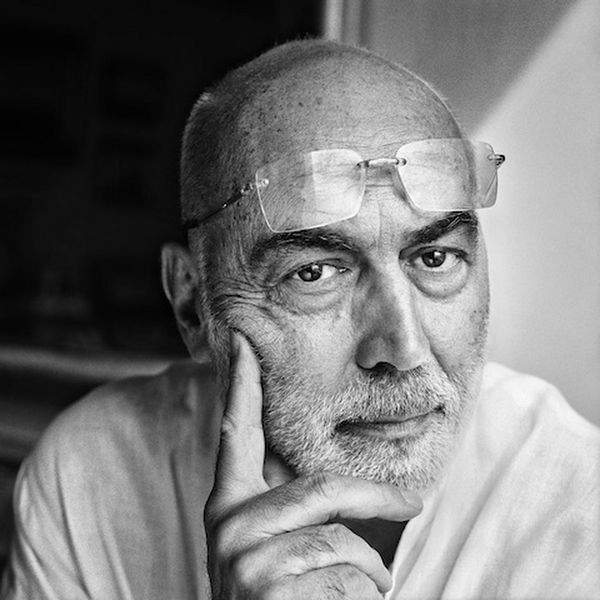
Gabriele Basilico, born in 1944, was an Italian photographer who contributed to the New Topographics movement with his contrasting industrial landscape photographs. Basilico orginally studied architecture before beginning his career in photography, where he started of taking images of traditional landscapes before transitioning to industrial landscapes which was influenced by his previous studies. Gabriele Basilico first became recognised for his photographic study on the buildings of Milan in 1982, with his series “Ritratti di Fabbriche, Sugarco”. This recognition led Basilico to be commisioned by the French Government to document the transformation of the Transalpine landscape, as well as helping to document the effects of war on the Lebanese capital of Beirut. The majority of Basilico’s work was captured using a traditional viewfinder camera with iconic black and white film, before he died in 2013.
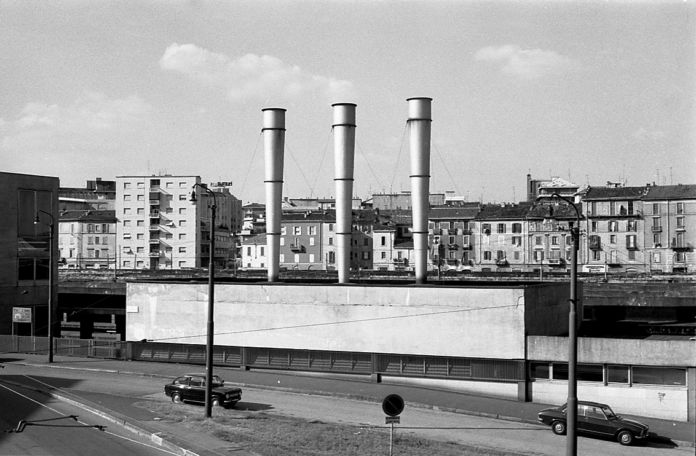
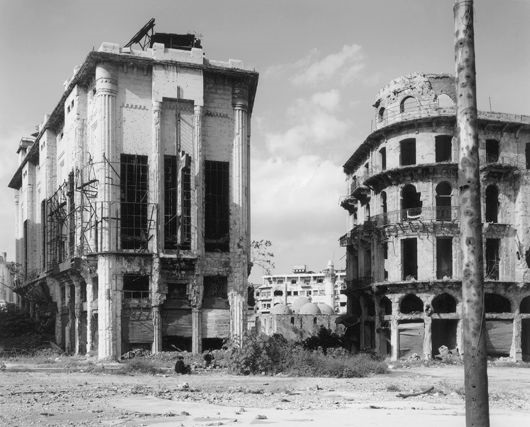

This photograph titled ‘Ritratti di fabbriche di Milano’, taken in 1978, translates to ‘Milan Portraits of Factories’, removing any ambiguity to the context of the image. At first glace, there is a lack of a colour palette, however there is an extreme contrast in tones. There is a rather simple, repetitive composition to the photograph.
The lighting in this image seems to be natural yet harsh. The lighting is being directed from the top right of the image, meaning shadows are casted from the same direction. I would imply that this photograph was taken later in the afternoon, as the sun is beginning to set. The brightest sections of the image can be seen in the almost-blinding white painted houses, which are contrasted against the darker tones, as well as the shadows in the image.
There is a strong sense of line in this photograph, due to the geometric shaping of the houses. The lines created by the draining pipes in between each house act as leading lines that direct the viewers eyes upwards, and towards the horizontal, jagged lines created by the roofing.
There is a clear use of repetition within this image, found in the repeated structure of the houses. The use of line is also repeated in this image, although the lines differ in size. However, there is no representation of echo or reflection in this photograph.
The majority of the represented shapes in the photo are geometric, for example, the repetition of lines and squares in the houses. On the other hand, there is little representation of organic shapes such as the tree branches in the middle third of the image. This creates a juxtaposition between organic and artificial shapes.
It is difficult to tell the depth of field within this image as the majority of the image is positive space, with the background being negative space there is no way of comparing the focal lens of the photograph. Nearly all of the foreground is taken up by the houses, which creates positive space.
There is contrasting textures within this image, as the houses provide a smoother texture in comparison to the leaves and tree branches that create a more jagged texture.
There is a range of tones that contradict each within the photograph, due to the use of shadows and highlights. The darkest area of the image can be seen in both the lining of the houses and the shadow that is casted in the bottom-right corner. This is contrasted with the lighter areas of the image, especially the white houses. Overall, I think the the image’s tones are rather balanced and the image doesn’t tend towards darkness or lightness.
There is a lack of colour in this image, as Gabriele Basilico’s iconic images are taken using black and white film. I believe the lack of a colour palette allows for the tones to be accentuated within the image, and create a more intense contrast between highlights and shadows. The lack of colour also allows for other aspects to be exaggerated, such as the use of line or repetition.
The composition of the image is rather simple, as repetition is used to a larger scale and the image is taken in black and white. The positive space that fills the majority of the image isn’t complexly formed and the other sections of the image are purely empty space. However the photograph does not follow the use of thirds as the image is not separated into three clear sections and the there is multiple focal points.
“New Topographics: Photographs of a Man-Altered Landscape” was an exhibition that epitomised a key moment in American landscape photography. Many of the photographers associated with new topographics including Robert Adams, Lewis Baltz, Nicholas Nixon and Bernd and Hiller Becher, were inspired by man-made subjects. Their aim was to find the beauty in the plain and ‘ugly’ streets of America. It was a reaction to the conflict which took place over the late twentieth century, which saw outrage that natural landscapes were being replaced with large, industrial buildings.



Frank Gohlke ( 1942 – ) is an American landscape photographer. Gohlke was one of ten photographers selected to be part of “New Topographics: Photographs of a Man-Altered Landscape”, the landmark 1975 exhibition at the International Museum of Photography at George Eastman House. During a career spanning nearly five decades, Gohlke has photographed grain elevators in the American midwest; the aftermath of a 1979 tornado in his hometown of Wichita Falls, Texas; changes in the land around Mount St. Helens during the decade following its 1980 eruption; agriculture in central France; and the wild apple forests of Kazakhstan. Gohlke′s photographs have been exhibited at the Museum of Modern Art; the Art Institute of Chicago; the Cleveland Museum of Art; the Minneapolis Institute of Arts; the Amon Carter Museum; and the Museum of Fine Arts, Houston.




This photograph by Gohlke is entitled ‘Grain elevator under repair‘, which avoids any confusion about what the photograph is of. The lighting used in this image is natural and appears to be coming from the left hand side due to the way the various shadows are falling across the image. The brightest parts of the photograph are the white portions of the cars, which directly contrasts with the dark tones of the road and the shadows. There is a lot of repetition present in this photograph, which can be seen in the vertical lines in the background of the image, as well as the horizontal lines of the car tops, the workmen in the background and the pavement and road. The contrast between both the vertical and horizontal lines creates an interesting composition for the viewer, with each one seemingly juxtaposing each other. The shapes in this photograph are mostly geometric, for example the cement slabs on the pavement split up by straight lines and the large cylinder – like shapes in the background of the image. There is hardly any negative space in this photograph, as the whole frame is taken up by either the building in the background or the cars in the foreground. The smooth and slick texture of the cars directly contrasts with the rough and harsh texture of the pavement as well as the building in the background. Gohlke has captured this image in black and white which allows for certain features of the image, such as the contrasting tones and small details like the cracks in the building to be accentuated and exaggerated.

Edward Burtynsky, born in 1955, is a Canadian photographer widely recognised for his largely formatted industrial photography. Burtynsky’s work depicts natural locations of which are being vastly invaded by human industrialisation. His work is often compared to a unique depiction of the ‘sublime’ due to the extreme format of the over-head images. He formally studied graphic arts and photography between the 1970’s and 1980’s, and achieved a diploma in graphic arts and a BAA in photographic arts. Edward Burtynsky won the TED prize for Innovation and Global Thinking in 2005 and received the Governor General’s award in Visual and Media Arts for his collection of work so far.




This image produced by Edward Burtynsky in 2016 is titled: ‘Saw Mills #3, Log Booms, Lagos, Nigeria’. The title of the image removed any ambiguity to the viewer as the title describes exactly what is in the image. At first glance there is a strong focus on repetition and the use of lines, also the tones in the image appear very earthy and almost dull.
Although the lighter sections are very subtle in this image by Edward Burtynsky, they are still visible when you look closer into the image. The lighter areas can be seen in patches surrounding the sawmills, especially in the bottom third of the image. The lighting of the image seems natural as it subtly produces highlights and shadows. The shadows can be seen in the same positions as the shadows, as they weave between the sawmills, producing cloud-like areas. It is difficult to tell the time of day that the photograph has been taken, although the shadows are casted from the bottom right corner of the image, suggesting the light is also coming from this direction.
There is a strong emphasis on line in this photograph. these thin, vertical lines subvert into different directions, but overall lead the viewers eyes from the bottom to the top of the image. There is no particular leading lines in this photograph, though the multiple lines lead the viewers eyes in the same direction, in a curved motion.
Although there is no representation of echo or reflection within this image, there is a strong sense of repetition through the use of line. These thin lines curve in a snake-like motion from the bottom third of the image to the top third.
There is a contrasting combination of geometric and organic shapes in this photograph. This can be seen in the straight-edged lines being formed in a way that they appear as an organic, curved line.
This photograph has a shallow depth of field as the lines in the bottom third are in focus compared to the lines in the top third. The image consists mainly of positive space, although there is representation of negative space throughout the whole photo, which is seen in the murky waters between the sawmills.
There is not a strong focus on texture in this photograph, but the textures represented could be said to be contrasting as the water has a smooth, sleek surface when compared to the sharp-edged wood planks.
The tones in this photograph do not have an extensive range, however darker and lighter tones can be seen, for example shadows are found in between the wooden planks and sections of the water are slightly lighter, especially in the bottom third of the photograph,
The colour palette of the photograph is made up of complimentary earthy colours. These colours are subdued and subtle, and consist of greens and browns. Lighter, white colours can be seen up close within the wooden lines. If the image was taken in black and white film, the tones of the image would be accentuated, however I feel like the image would be more ominous to the viewer, as the colour of the wood would be removed.
The rule of thirds is somewhat used in the photo, as the bottom third of the image is in focus but the depth begins to fade as the viewers eyes travel up the image. There is no shape formations that can be superimposed onto this image as the composition is organic. Overall I would say the photograph is balanced as the positive and negative space are rather evenly distributed.
Romanticism was an art movement that originated in the late 18th century. It relates to the glorification of emotion in art. It was a reaction to the age of enlightenment and modernity.
Romanticism in landscape photography deals more with emphasising this emotion in the sublime and drawing out and exaggerating natural elements.




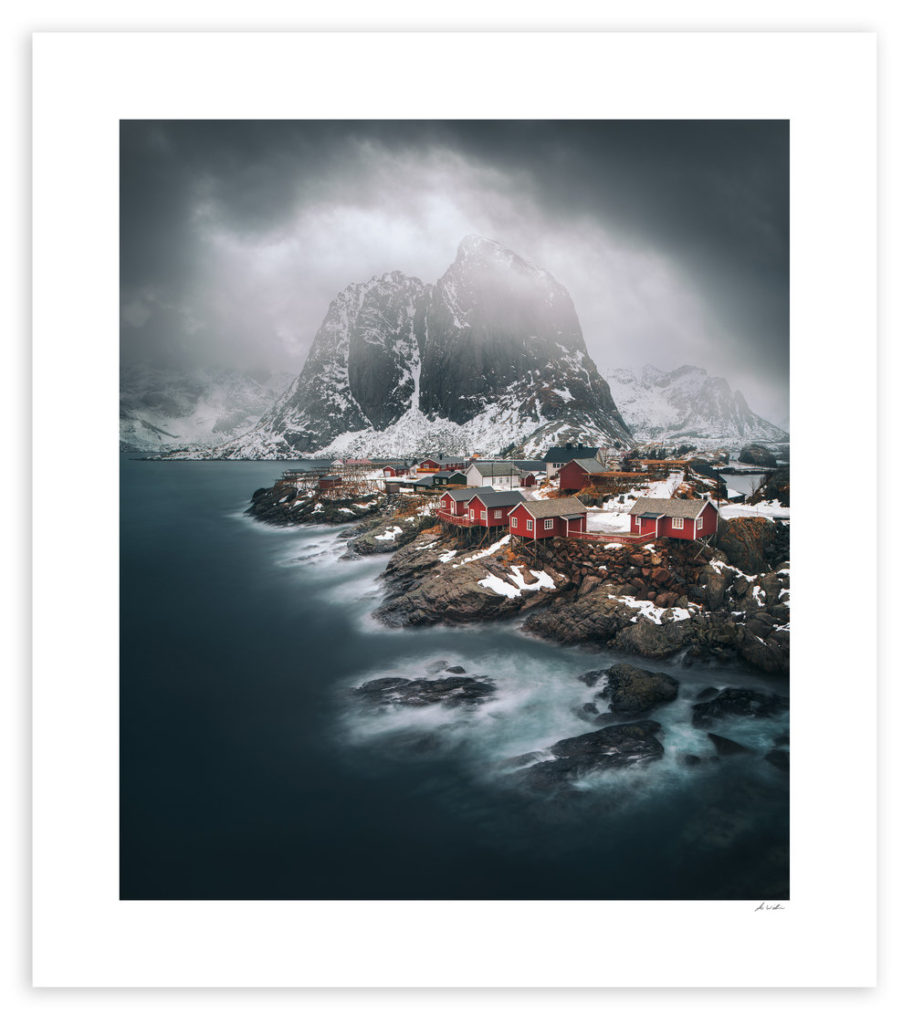
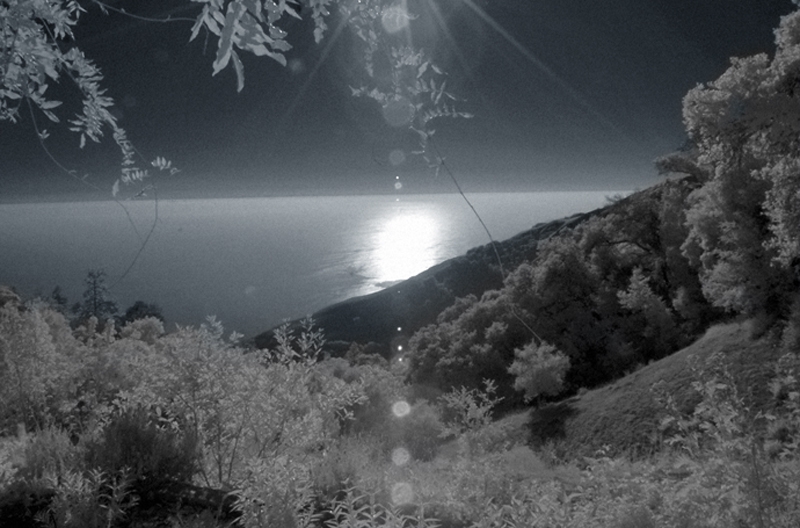

Below is an example of romanticism in one of Thomas Doughty’s paintings from around 1830. It portrays the landscape in a way the human eye couldn’t see it. Thomas exaggerates the colours and the textures of the landscape.
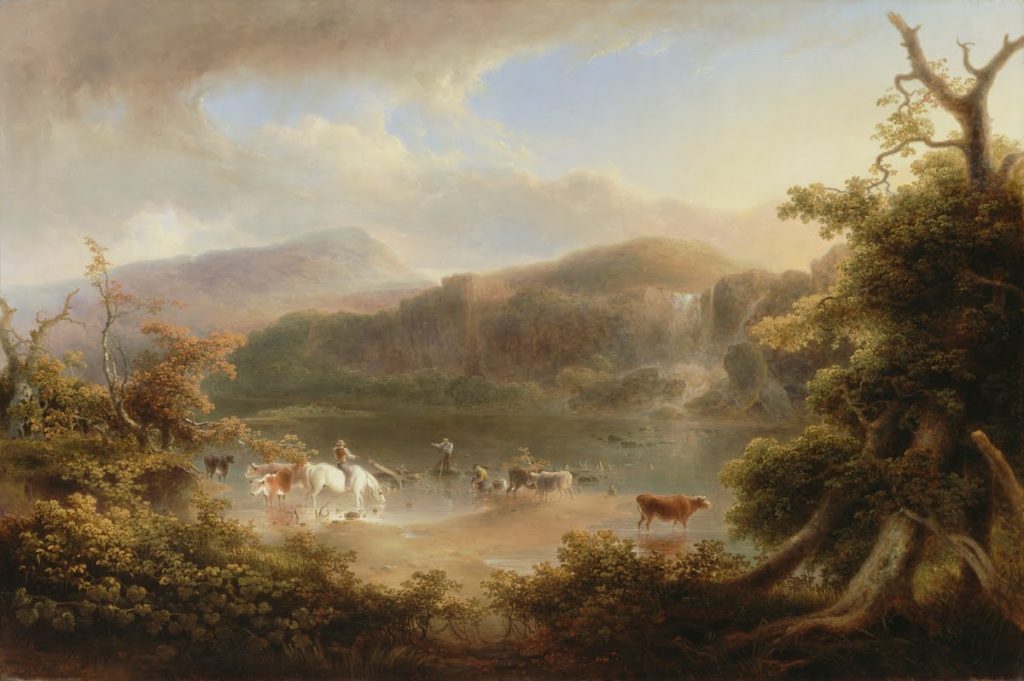

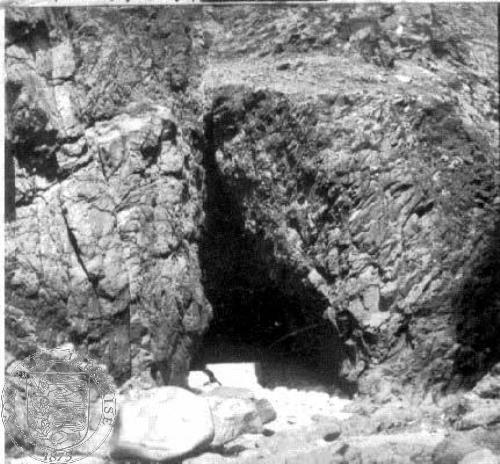
The image on the right was taken by Ernest Baudoux at Plemont Bay in the 1870’s, the photograph on the left I took around 145 years later of the same cave. I edited the two images together in photoshop to compare the similarities and differences of the landscape.
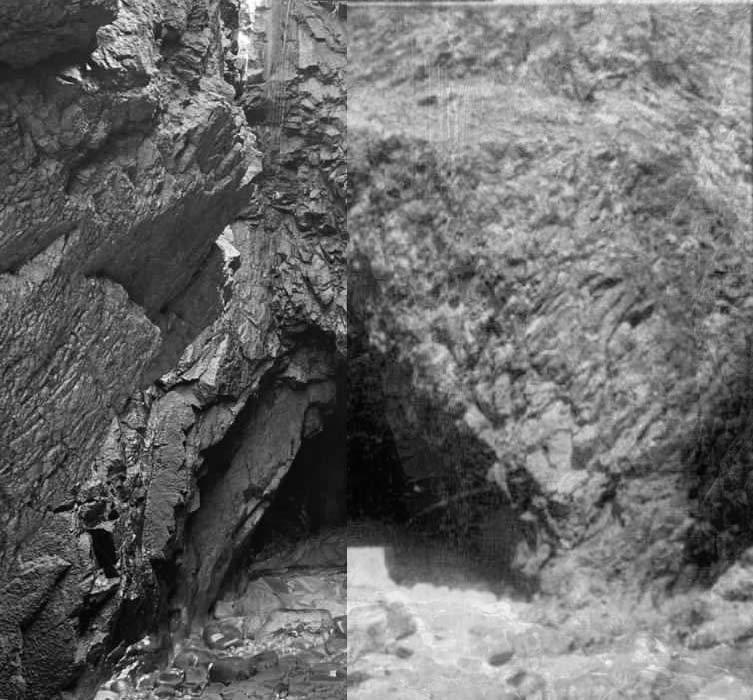
Ansel Adams is an American photographer born in 1902 and is widely regarded as one of the most influential figures in landscape photography.




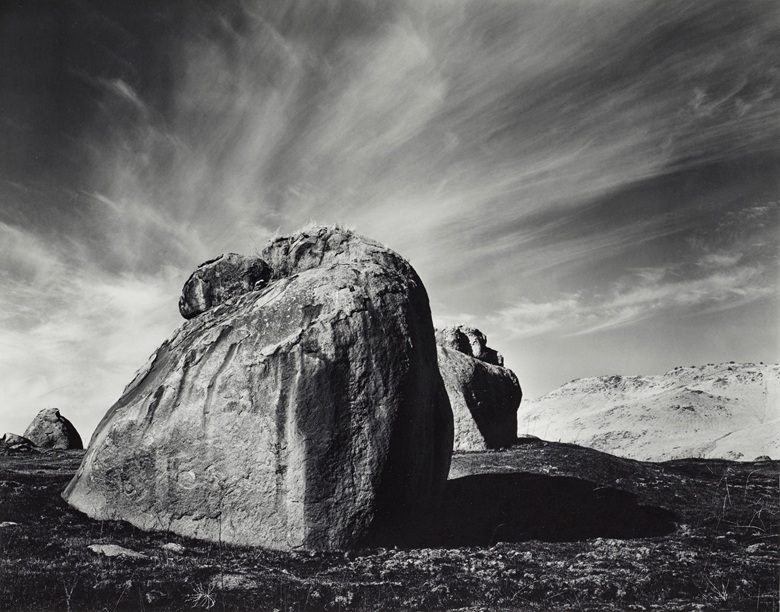



His work aims to convey the scale and the power of natural scenes. He does this in a unique way by romanticizing these landscapes. This means he enhances the landscapes past what the eye can see.
He was also a pioneer for a tonal system called the Ansel Adams Zone System – his photographs would convey a very large tonal range from true blacks to true whites in the exact same image.

He was part of a new wave of photographers in the early 20th century who divorced themselves from pictorialism and he became an advocate for “pure photography”. This is a style of photography which focuses on sharp focus high clarity and great tonal ranges.
He is known for his stunning landscapes of American national parks specifically the mountains he captures.

The above image is of the Snake River in the Grand Tetons in 1942.
The first discernable feature of this image distinctive to Ansell Adam’s work is the impeccable contrast and tonal range where he has captured every tonal level from the pure black in the foliage in the bottom left and some of the mountains to the pure whites in the river, the snow and the clouds. Ansell probably used a lot of burning when exposing this image to get these pure whites. Knowing Ansel’s past and his emphasis on the pure photography movement we can relate this to the above image with the emphasis on a high clarity crisp image with high contrast. This detail adds a sharp texture to the image which can be seen to emphasize the sharp summits of the mountains in the background.
The image also has a great depth of field. There are many components layering the image from foreground to background. The distant mountains contrast with the near foliage. The winding river adds perspective of depth with its ripples which create a sense of detail being prominent in the foreground, these details and the rivers size slowly diminish as it meanders and winds like a snake through the middle of the image.
The summit of the mountain is framed in the center of the image which creates a sort of aesthetic pyramid form to the image.
What – My plan is to photograph landscapes around Jersey that link to Romanticism- focusing on the coastline, woodlands and areas with dramatic weather changes. My idea is to capture images from contrasting perspectives, for example through trees, to experiment with how this effects the depth of an image.
Where – I aim to capture these photographs in locations such as Greve De Lecq beach, Noirmont woods, Queens Valley Reservoir and the coastline at Corbiere. I believe these settings will hold romanticized areas that will show the beauty of nature, for example cashing waves, dense forests etc.
When – I plan on conducting these photoshoots over the span of a few days to take advantage of the different weather forecasts. I aim on capturing clouded skies, sunsets, clear skies and dusk to explore how the range of the time of day images are taken effect their quality and the atmosphere they create.
How – To take full advantage of the differing lighting in my images, I plan on experimenting with the ISO on my camera as well as changing the white balance to suit the area I’m photographing. I will also change the image’s perspective by getting lower to the ground for some shots, and then higher looking over the landscape for others.
Why – I am conducting this romanticized rural landscape photoshoot to explore the secluded, natural environment of Jersey, capturing images relating to photographers such as Ansel Adams. I want to create drama and atmosphere in my images which I hope to do through the use of vivid contrasts and wide depths of field.

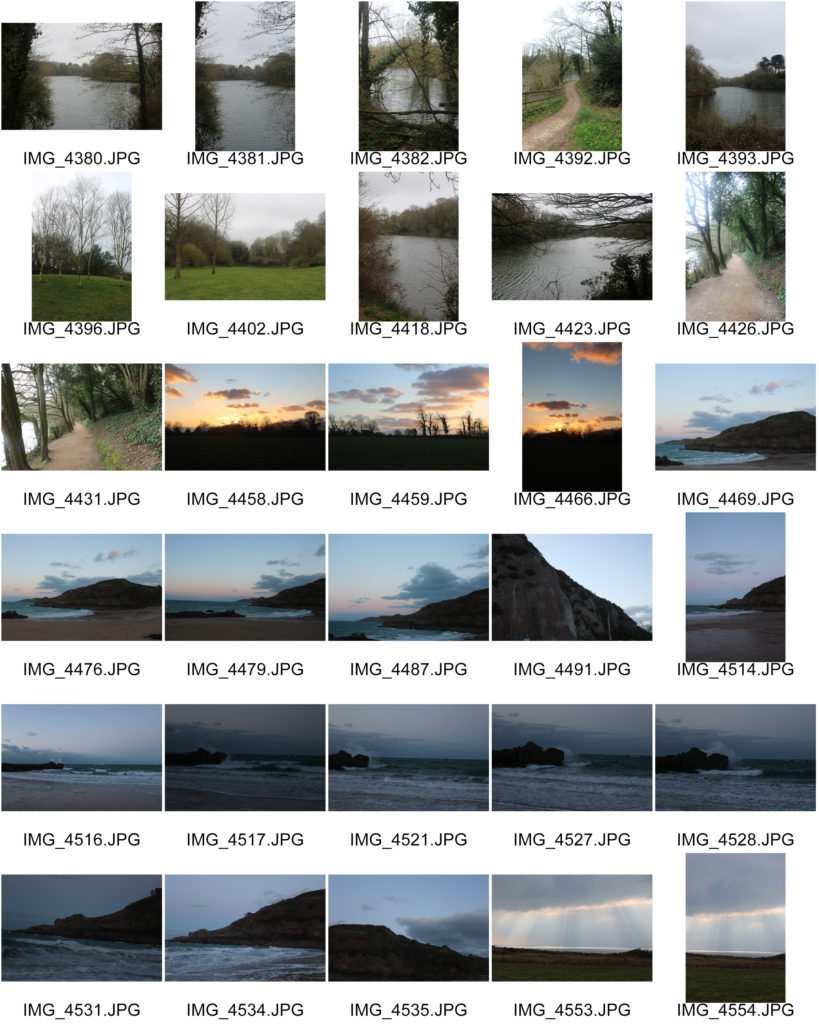
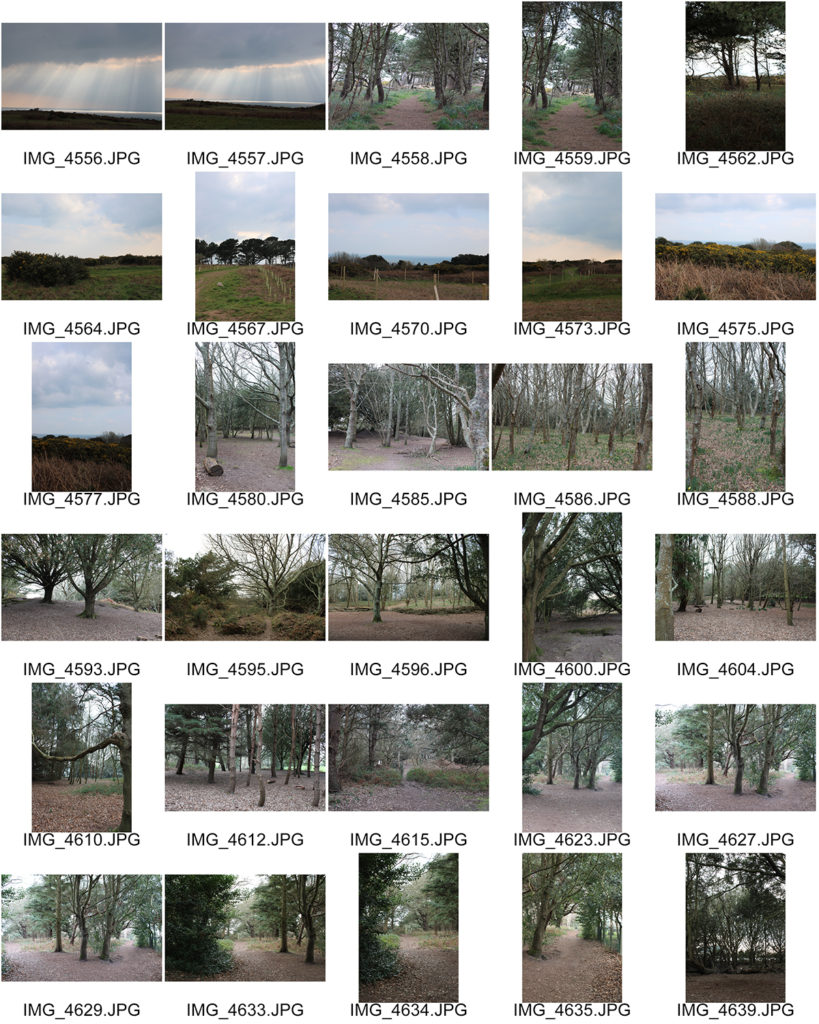

During my editing process, after my first selection of favourite images, I experimented with adding a black and white filter. I did this in order to reflect the work of Ansel Adams, emphasising the dramatic dark and light tones I have captured. I really enjoy how these images look when black and white as I believe that the unsaturated filter adds a mysterious, impactful atmosphere to the images, demonstrating the natural world as a climactic experience for society to view. Additionally, making these images black and white has exaggerated the impression and emotions that these locations have surfaced- similar to the way Adams expressed his feelings on the surroundings of Yosemite National Park.





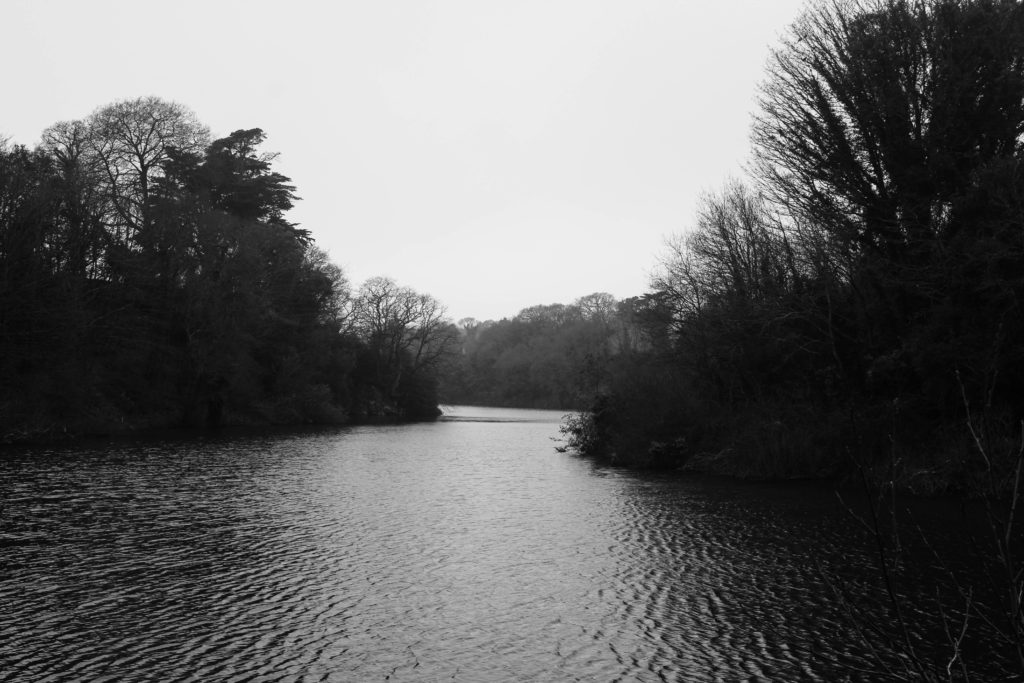

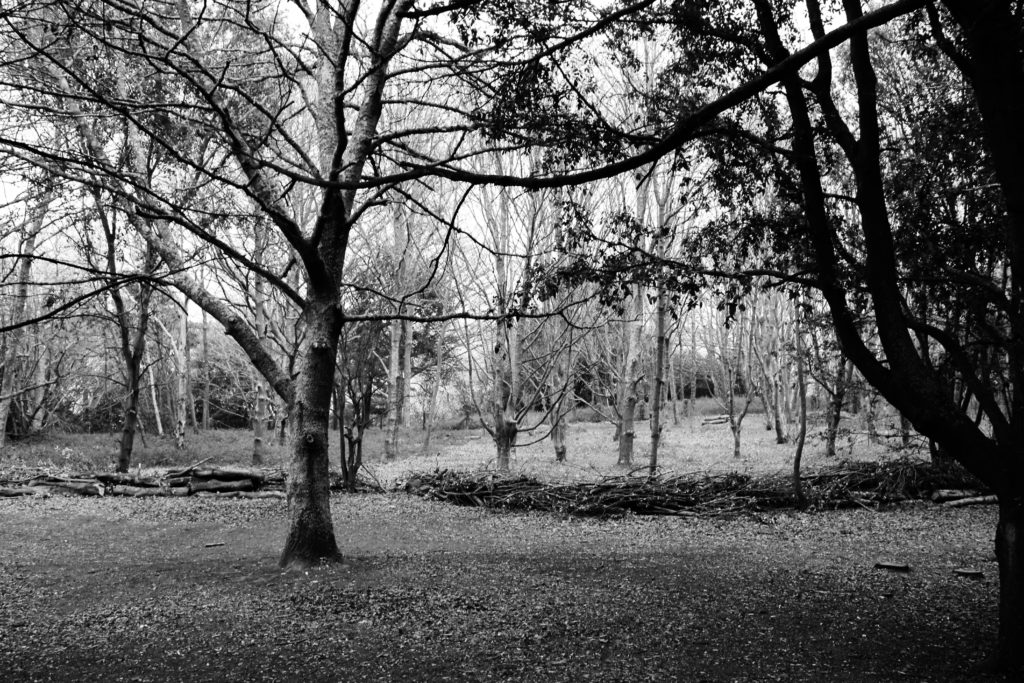

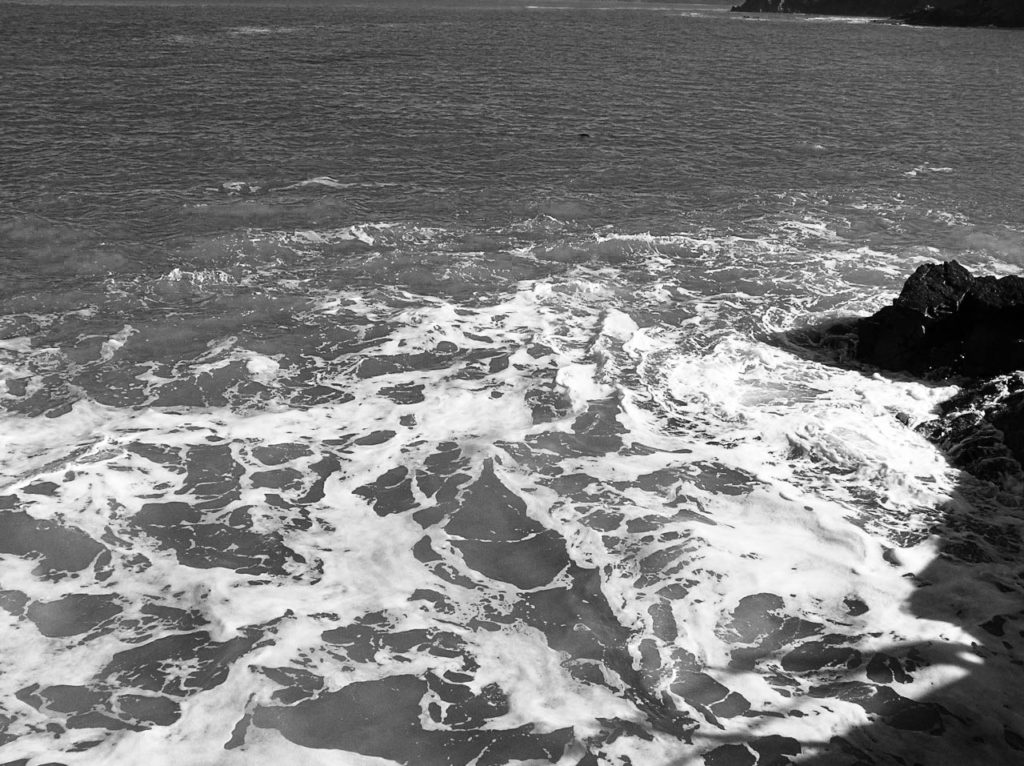












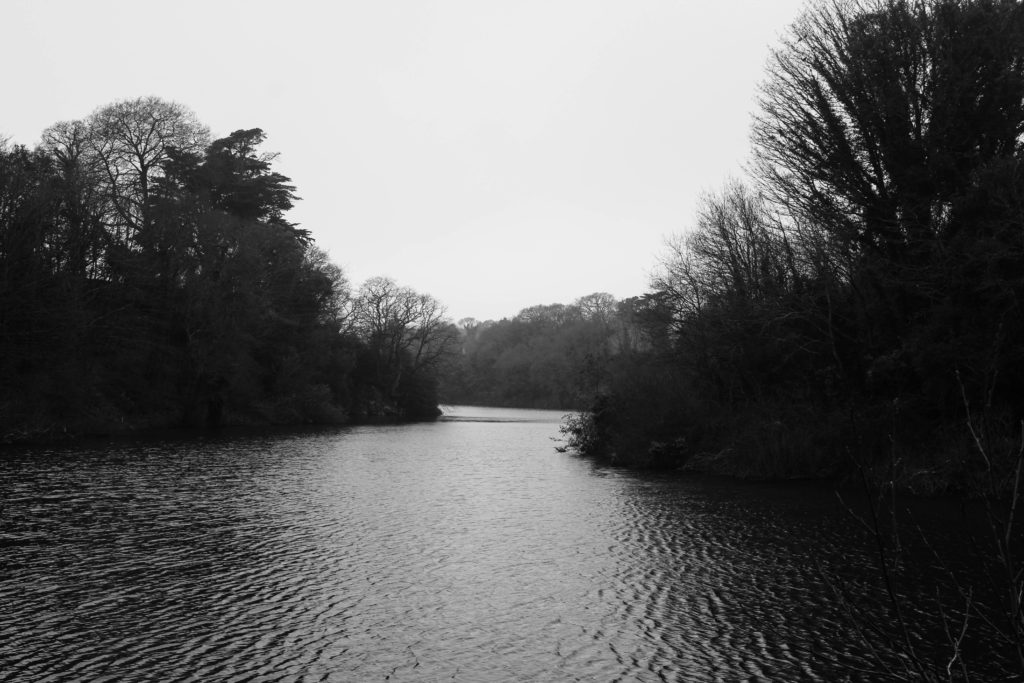
I chose this image, taken at Queen’s Valley Reservoir, due to its wide range of tones, textures and interesting composition. The first element of my image that I really enjoy is the perspective it’s taken at, looking along the reservoir. I believe this composition forms a thick leading line from the foreground to the background of the image, guiding the observers eyeline through the landscape as it disappears into the distance. The wide depth of field that I have captured by experimenting with aperture settings exaggerates the vast scale of the landscape, creating a gripping atmosphere. Furthermore, my composition uses the rule of thirds as the foreground shows the glistening water surface, the middle of the image shows the span of dense trees and in the final third we see the bright sky. This composition technique reflects the landscape photography of Ansel Adams, emphasising the beautiful elements of the natural world in different stages- water, earth and air. Additionally, I really love the way the natural sunlight creates dramatic highlights over the water and shadows across the trees. This contrast in tones shows evidence of Ansel Adams’ Zone System, demonstrating zone 1/2 for the reflection of the trees on the water’s edge (as it is clearly the darkest point of the image however minimal texture can still be seen), and zone 8/9 on the water’s surface. This lighting/range of highlights and shadows creates a rippled texture across the reservoir which contrasts with the spiked texture of the tree tops. I used Adams’ Visualisation technique to imagine how this difference in texture would compliment each other, showing the fascinating patterns nature can make.
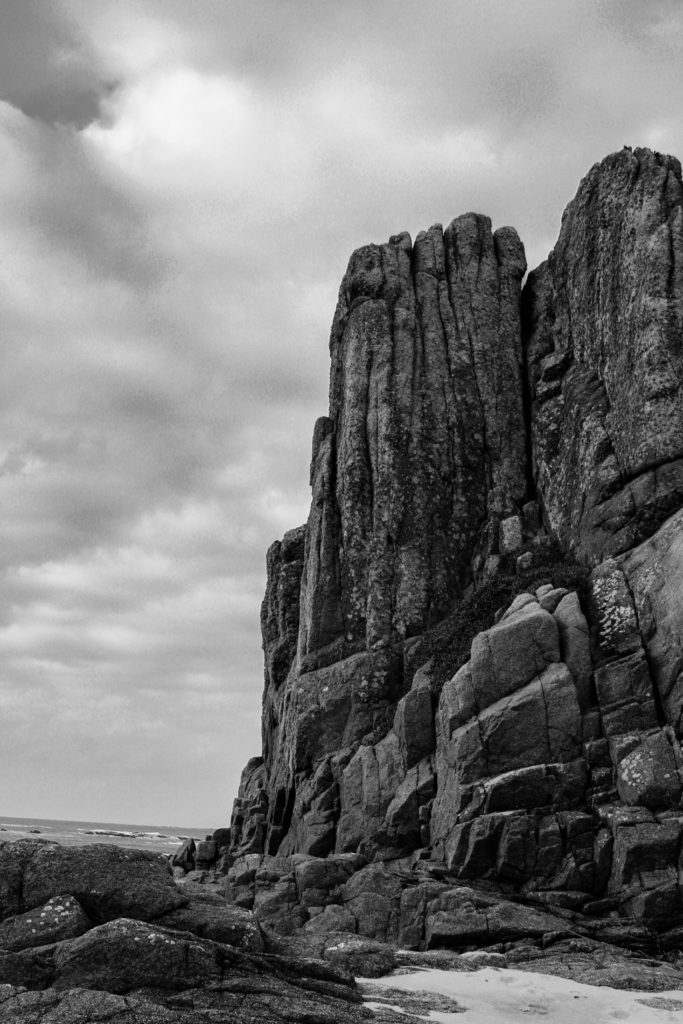
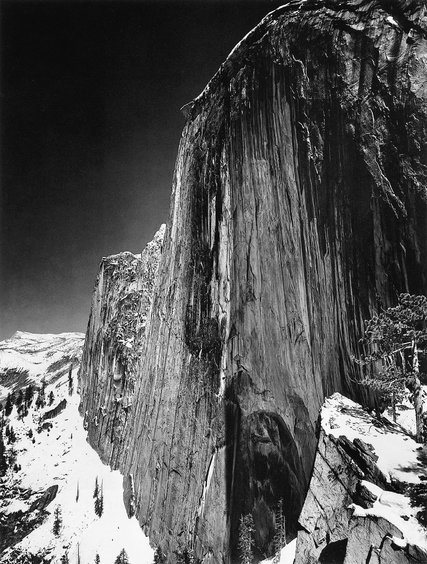
I have chosen to compare this image of mine to Ansel Adams’s “Monolith, the Face of Half Dome, Yosemite National Park,” 1927 due to their similarities in composition, subject and also their differences in texture and depth. I captured this specific image at La Corbiere Beach as it is a special place on the island for me and my family, full of nostalgia and childhood memories. It is clear Yosemite National Park was a special place to Adams as it was the main location for most of his landscape photography. Both images share similarities in composition, but both have independent aspects that make the images unique and contrasting, despite both being of rock-like structures. In my original image I captured the structure from a lower perspective in order to make it appear a lot taller than it was, which is a common technique Adams used in his work. Additionally, there is a similarity in the texture of the rock formations with both holding leading lines that fall down the edge of the cliff face. These irregular lines in Adams’ image, while they don’t reflect physical movement, emphasize the vast height of the mountain and create an effect as if the structure is growing taller and taller. In comparison, my image holds a rougher more jagged texture, as the leading lines have more jolted edges and sides- showing how the power of nature can manipulate the shapes and atmospheres of our surroundings.
Furthermore, there is a contrast within the colour and texture of each image’s sky which create differing moods. In the background of Adams’ photograph, he has captured a dark area of negative space making the sky seem as if it is an empty void, with little to no texture. Whereas in my image, I have captured the soft fluffy texture of clouds that disappear into the background creating a wider depth of field, as well as a brighter tone showing the main highlights in the image compared to Adams’ sky as his darkest part. However, I have taken inspiration from Adams’ Zone System in order to help me visualise the dramatic contrast in dark and light tones that I wanted to capture. For example, I have photographed zone 8/9 in my skyline which stands out behind zone 2/3 seen in the tones of the rocks. To create this effect while conducting my photoshoot I experimented with the ISO and shutter speed settings on my camera, this really helped me when editing my images in photoshop as I already captured quite dramatic differences in tone. Similarly, in Adams’ image we can see zone 0/1 in the dark abyss of the sky which contrasts greatly with zone 9/10 seen in the luminous white snow. These aspects of both images mirror the excitement and awe felt in each location, demonstrating how the beauty of nature comes in several forms, though similar; entirely different.

Born in New York in 1944, Joel Sternfeld is known for his large-format colour photographs of American towns and cities. Sternfeld received his BA in visual art from Dartmouth College in 1965. He then began producing colour photographs in his early career in the 1970’s. Joel Sternfeld’s work documents people and places with a vibrant sense of colour, which can be seen in his series ‘American Prospects’, created in 1987. Sternfeld has had work held in exhibitions such as the J.Paul Getty Museum in Los Angeles, The Museum of Modern Art in New York, the Art Institute of Chicago, and the Fotomuseum Winterthur in Switzerland and many others. Joel Sternfeld currently lives in New York where he has taught at the Sarah Lawrence College since 1985.


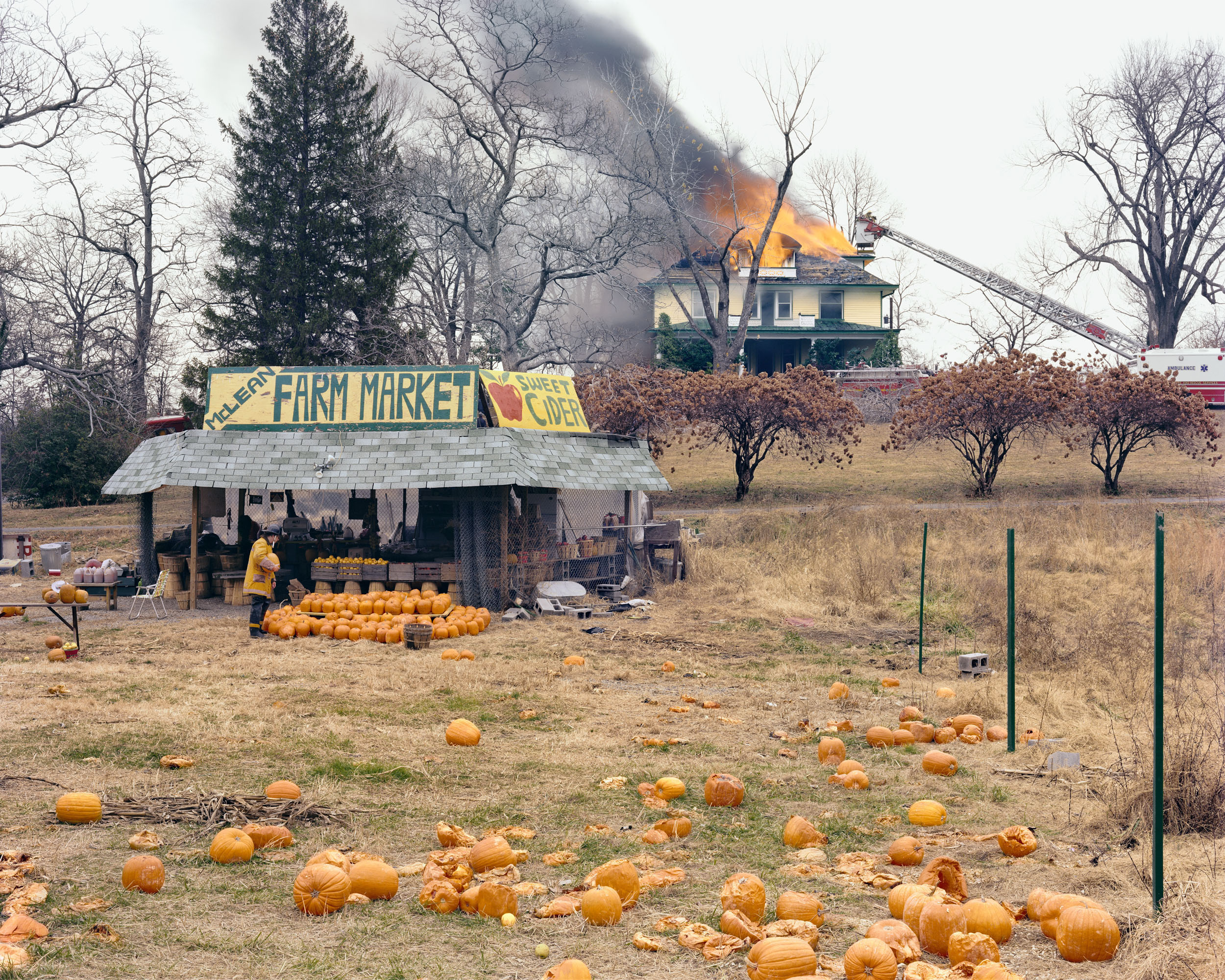
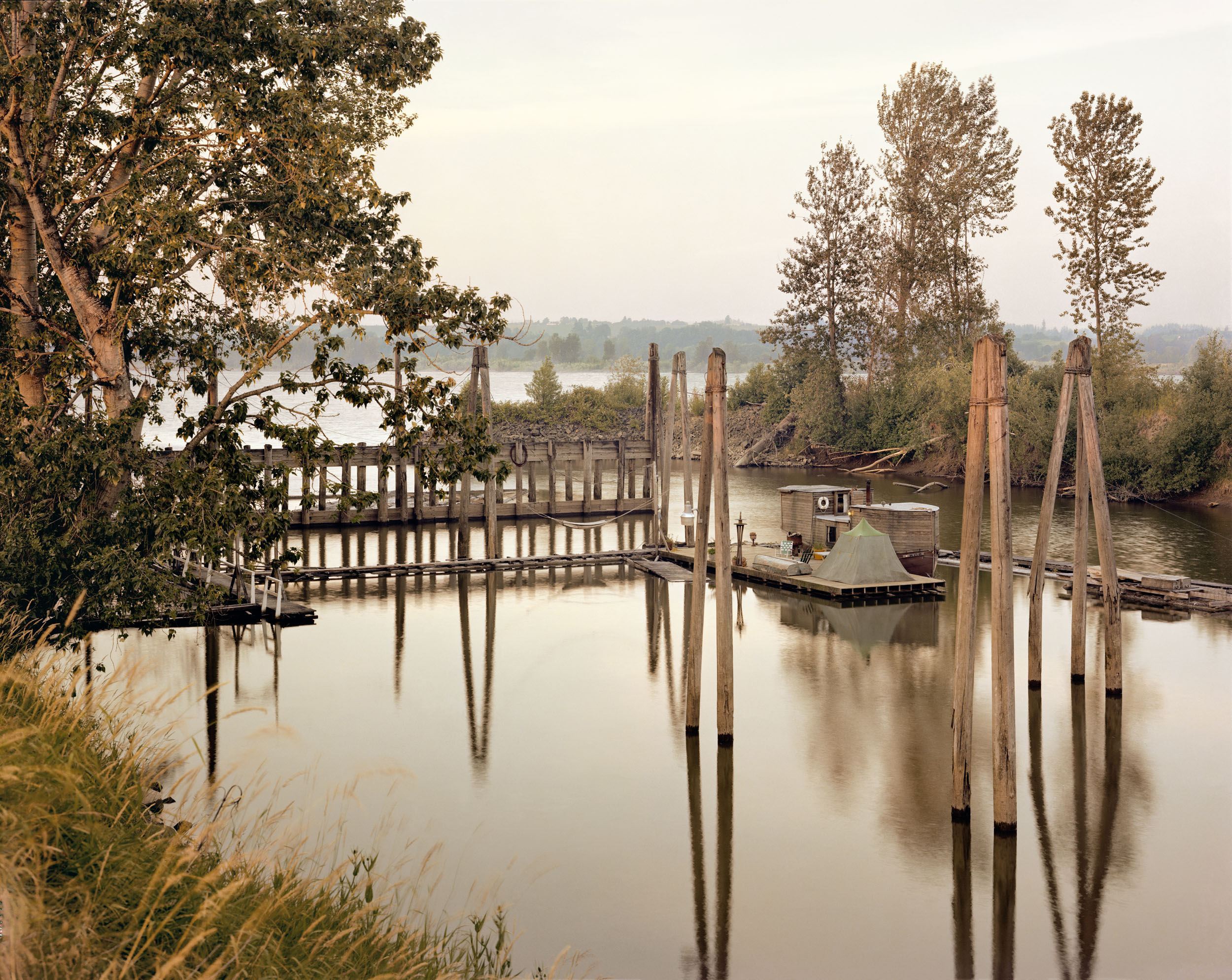
This image taken by Joel Sternfeld, titled ‘Sauvies Island, Oregon, June’, depicts what looks to be an isolated campsite floating on the water. At first glance, the colour palette of the photograph is very earthy and muted, with a rather complex composition including a dramatic use of echo and reflection.
The natural, harsh sunlight produces harsh shadows and highlights within the image. I would suggest that this image was taken around midday as the shadows produced by the poles face directly downwards, implying that the sunlight is coming from straight above.
There is a strong use of line within this image, this is shown through both the poles and their reflections. These create the focal point as the earthy-toned wood is juxtaposed against the sombre, black poles. These thick lines direct the viewers eyes upwards, as the poles start from the bottom of the water.
There is a strong sense of echo within this image, this is shown through the poles reflecting in the water. This use of echo could metaphorically symbolise a darker planet with the increased industrialisation, as the reflection almost seems like an alternate universe. The multiple uses of lines can also be shown as a form of repetition, although the repetition isn’t constant.
There is a contrast in shapes within this photograph, as the organic shapes of the leaves and masses of trees are contrasted against the straight-edged lines and the geometrically formed house. There is also a repetition of cross shapes which can be seen in the bridge, this further proves the contradiction between natural and geometric shapes.
There is a slightly shallow depth of field in this image as the background begins to fade in the distance of the photograph. There is two representations of negative, empty space within the photo. This can be seen in both the top and bottom third of the image. This even distribution of empty space produces the illusion of a balanced composition.
The image has a multitude of contrasting textures. For example, the sharp, string-like grass is juxtaposed against the smooth, fluid waters. The water is also contradicted with the straight poles that cut into the water in a knife-like manner.
The darkest areas of the photograph are mainly found in the reflections of the waters, however the dull trees also create a strong contrast between tones against the delicate, light sky.
The colour palette of this image is very earthy- toned and subdued. The dominant colours within this photograph would be green and brown, however there is representation of blues and whites. I believe if the image were in black and white, there would be no distraction from the colours in the image, therefore accentuating the use of reflection and echo. However the use of colour in this image adds a vintage tone to the image, especially with the muted tones.
There is a more complex use of rule of thirds in this image, as the the almost-floating house is located in the middle of the image, with the reflected poles leading the viewers eyes down to the bottom third of the image. The image isn’t particularly balanced as the majority of the positive space can be seen in the bottom and middle third, whereas the top third mainly consists of empty space.